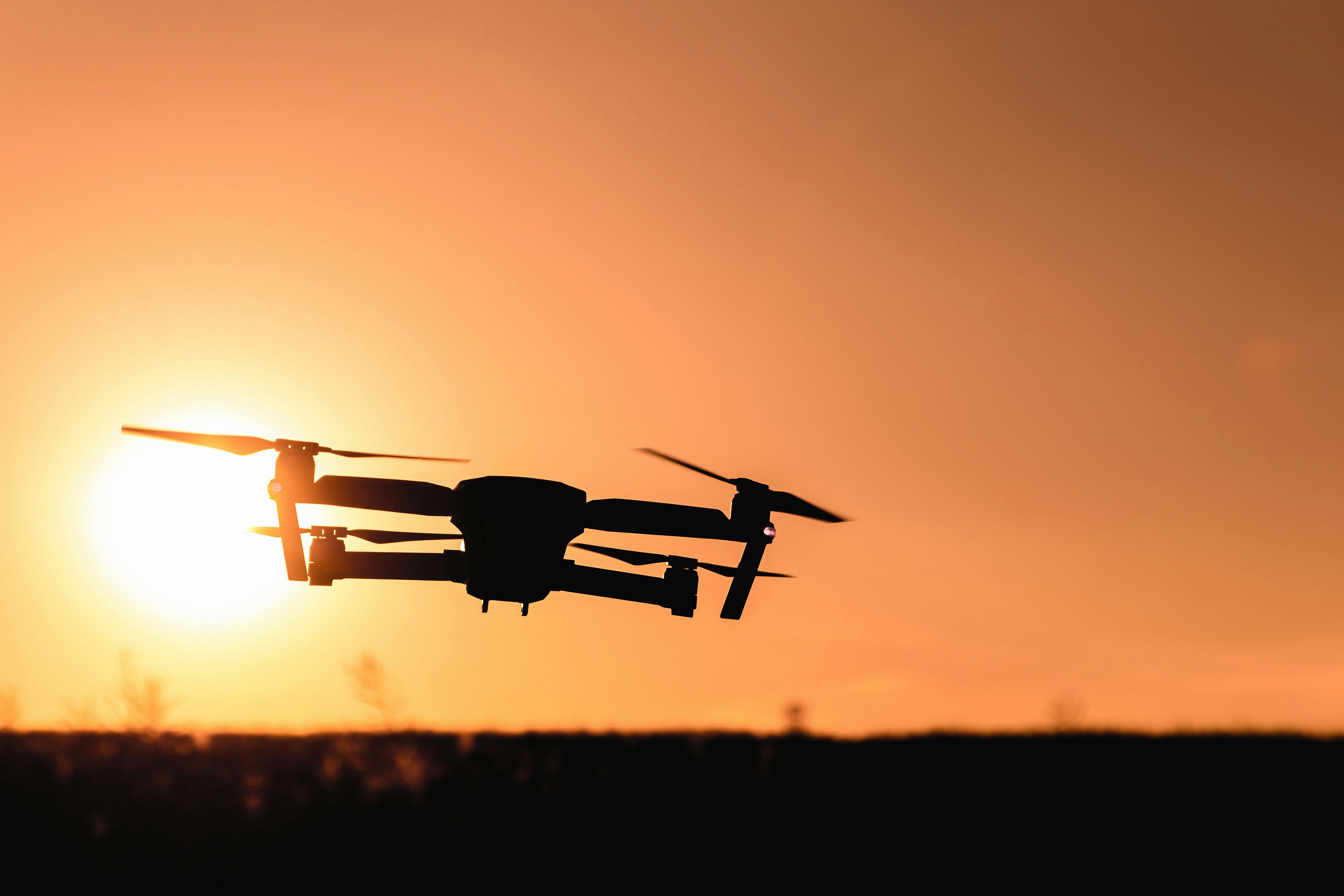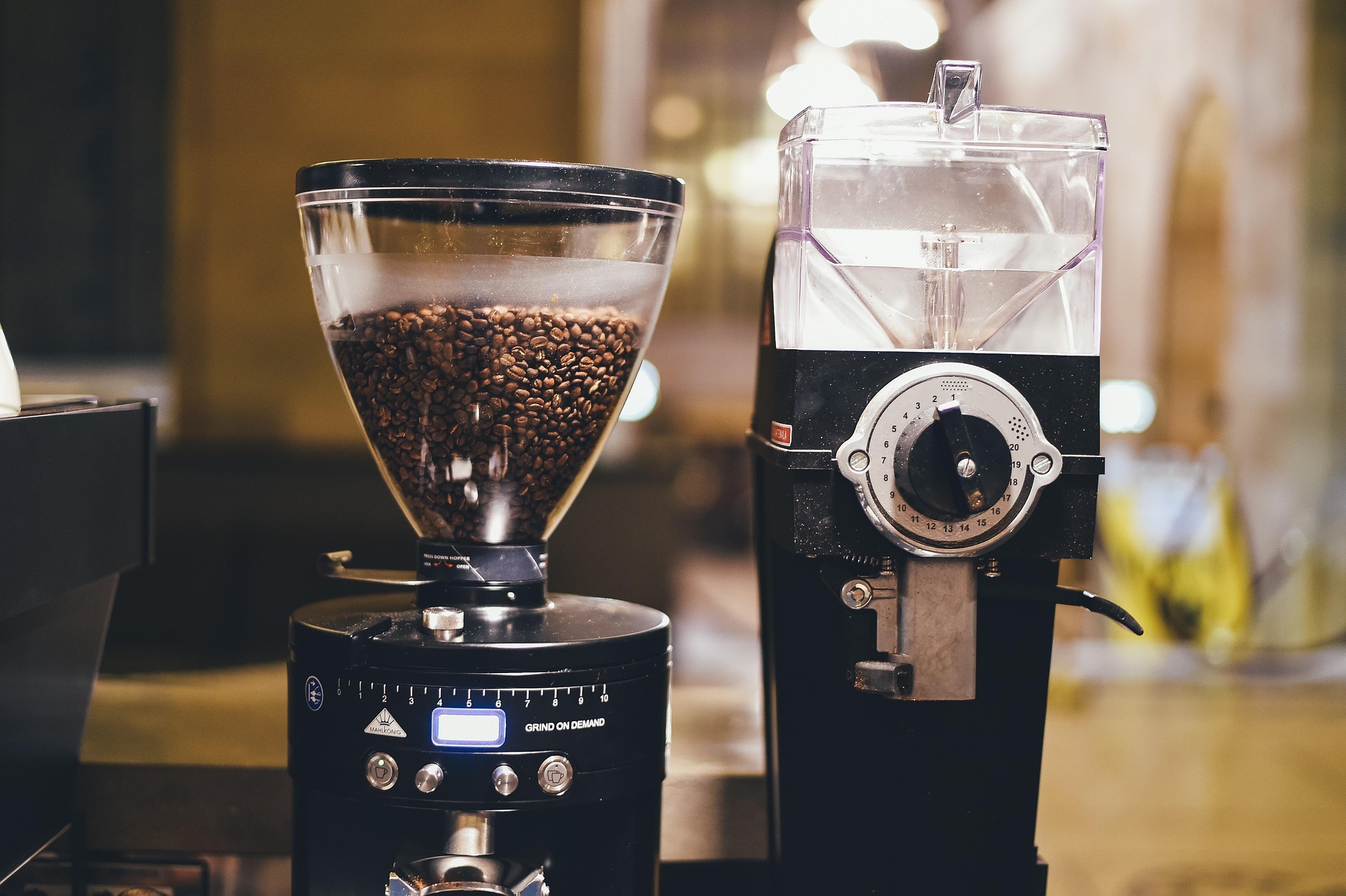Dances with Drones: A New Horizon in Performance Art
Introduction: Drones have flown from the realm of technology and into the world of art. This piece delves into the rising trend of drone choreography, exploring its history, current developments, and its promising potential in the arts and entertainment industry.

Dancing Through the Decades: A Historical Context
Drones, unmanned aerial vehicles, have seen significant advancements since their inception in the early 20th century. Originally used for military applications, drones have gradually permeated numerous sectors, from agriculture and photography to the delivery services. However, their venture into the world of art and performance is a relatively new phenomenon. This shift began in earnest in 2012, with the establishment of the DroneClash festival in the Netherlands, where drone enthusiasts showcased their piloting skills in a series of competitions. This event marked the start of a new era where drones began to be seen as more than just tools—they could be performers.
Current Developments: The Flight Forward
The present era of drone performance is marked by significant advancements. Companies and artists globally are now harnessing drones’ potential for creating mesmerizing light shows, theatrical performances, and even in music videos. A notable example is the 2018 Winter Olympics Opening Ceremony, where Intel’s Shooting Star drones illuminated the night sky, creating a spectacle that was simultaneously technologically advanced and artistically profound.
Moreover, the drone choreography has made its way into the film industry. Directors are increasingly replacing traditional crane shots with drone footage, providing a fresh perspective and an unmatched visual experience.
The Impact and Reception: An Artistic Revolution?
Drone choreography is reshaping the landscape of live performances, instilling a sense of awe and wonder in audiences worldwide. It’s creating a unique blend of technology and art, pushing the boundaries of what is considered possible in performance art. The reception has been overwhelmingly positive, with critics lauding the innovation and audiences thrilled by the captivating displays.
However, as with any new medium, drone choreography also faces challenges. The most significant being the regulatory restrictions on drone flight in many countries. These regulations can hinder creative freedom and limit the art form’s expansion.
Future Prospects: Soaring to New Heights
Despite the challenges, the future of drone choreography looks promising. The advent of more sophisticated drones equipped with advanced control systems is opening new possibilities for complex and synchronized performances. As the technology matures and regulations adapt, we can expect this new art form to become a mainstay in the world of performance art.
In summary, drone choreography is a captivating intersection of technology and art, offering a fresh perspective in the arts and entertainment industry. It’s a testament to human creativity—how we can take a tool designed for one purpose and transform it into a medium for expression and beauty. As we continue to explore this exciting new frontier, one thing is certain: the sky’s the limit.




